

Kies jouw land.

Interieurtrends staan niet stil. En hoewel onze vloeren getypeerd worden door een tijdloos design, houden we jullie graag op de hoogte van de laatste trends. Onze vloeren zijn ontworpen om zich aan elke trend aan te passen, zo geniet je er een leven lang van.
We houden er ook van om te zien waar onze vloeren terecht komen. Met onze parket portretten kijk je mee binnen in huizen waar écht geleefd wordt. Zo krijg je een perfect beeld van onze vloeren.


Marathonkampioen Bashir Abdi is één en al inspiratie. Zijn talent en doorzettingsvermogen brengen hem naar alle hoeken van de wereld, maar zijn hart ligt in Gent. Hier, omringd door zijn gezin op de vloer in zijn woonkamer, komt Bashir tot rust.
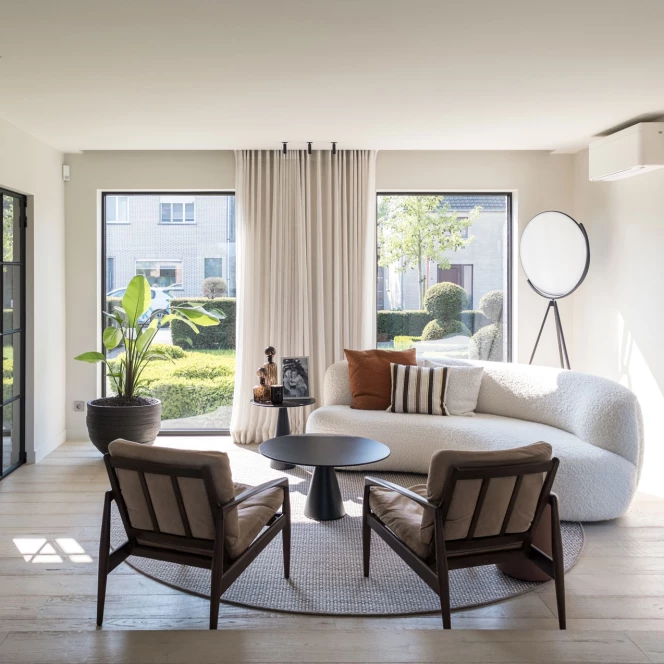
In deze moderne villa is parket de uitgesproken keuze voor vloerbekleding, waar strakke lijnen en een eigentijdse stijl samensmelten met de warme, rustgevende tonen van het natuurlijke hout.
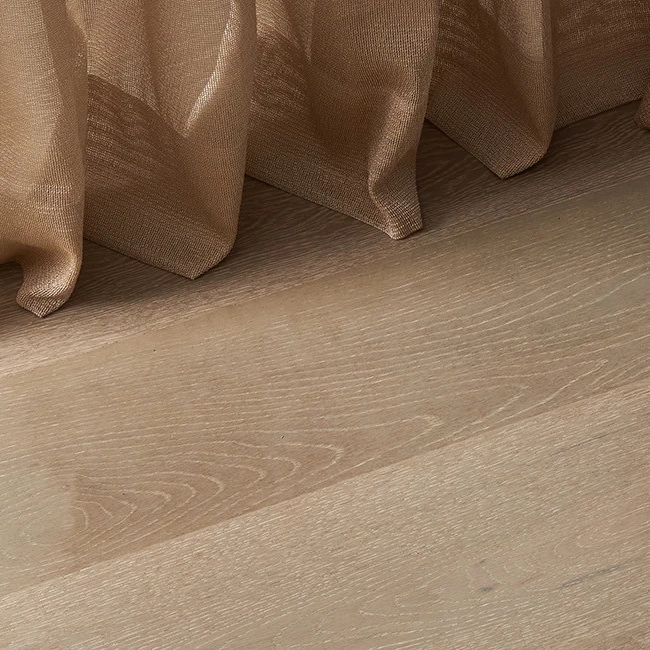
Trends, kleuren en vormen zijn steeds in beweging. Ontdek de laatste trendkleuren en materialen geïnspireerd op de maan.
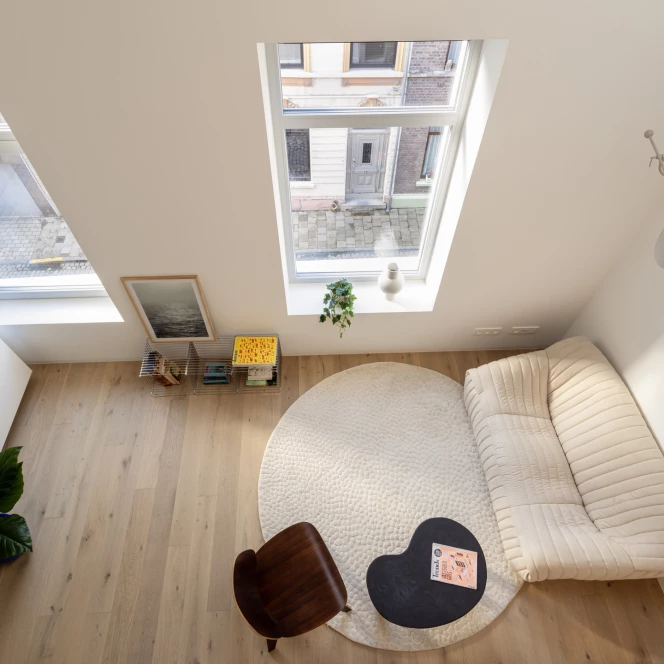
Ontdek deze kleine, maar slim ontworpen leefruimtes. Doordrenkt met duurzame materialen, waar comfort en stijl elkaar omarmen.

Tijdens de pandemie ontstond er een golf van waardering voor lokale tradities en vormgeving. Die trend is nu stilaan mainstream.
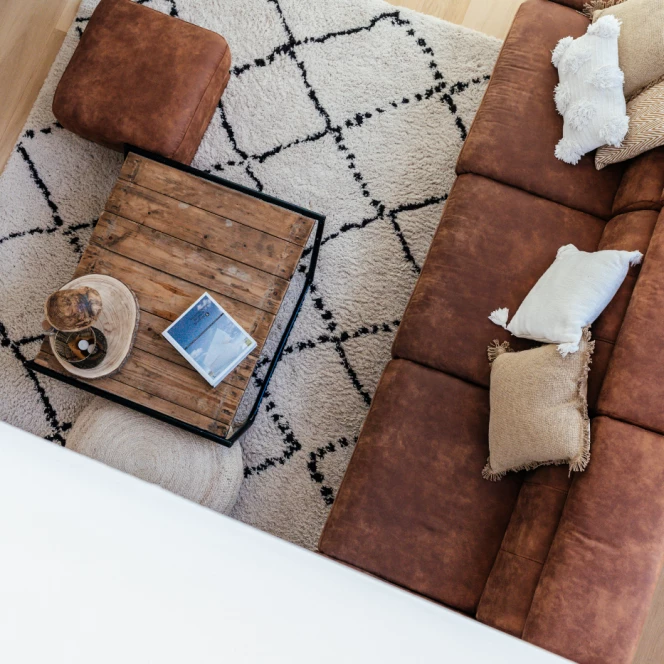
Het huis van Wendy en Sebastien is het ‘specialleke’ van de straat. De gezinswoonst werd bekleed met 32.000 dakpannen, heeft drie puntdaken en een gevel zonder deuren of ramen. Benieuwd of ze binnen ook zo’n gedurfde keuzes maakten?
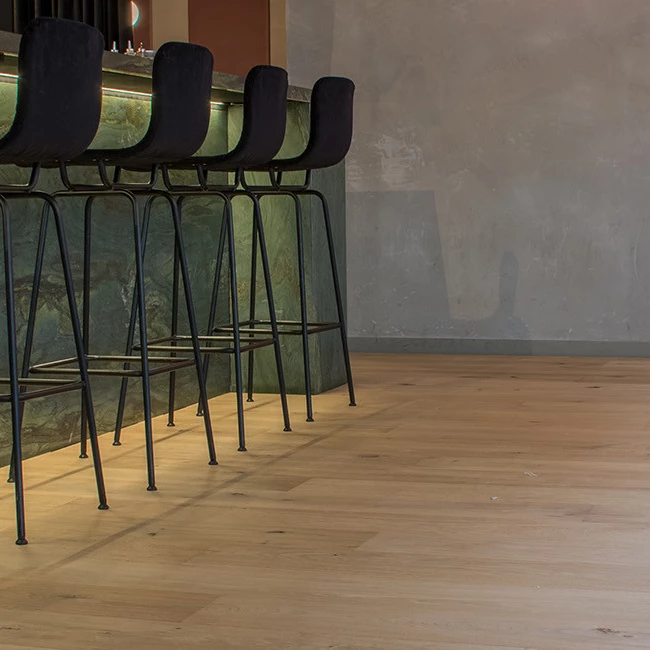
Welkom in Nude, dé hotspot waar gezelligheid en stijl samenkomen!
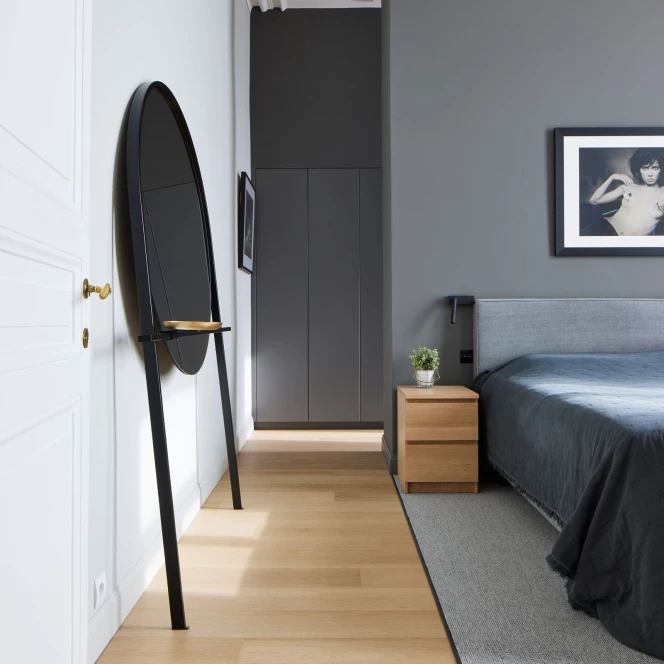
In de moderne slaapkamer van dit herenhuis komt het parket tot leven als een warme omhelzing onder de voeten.
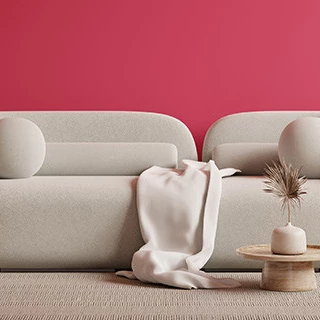
Een nieuw jaar, nieuwe kleuren. En ook al is een interieur niet zo onderhevig aan de laatste trends zoals de kleren in je kleerkast. Met een likje verf of leuke accessoires breng je een frisse wind in je interieur.
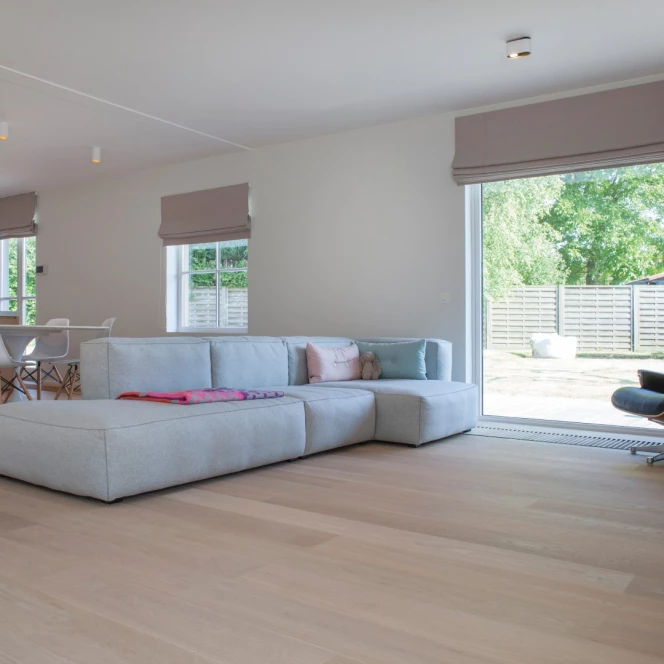
Welkom in deze oase van comfort, waar parket een harmonieuze eenheid creëert tussen de leefruimte en keuken.
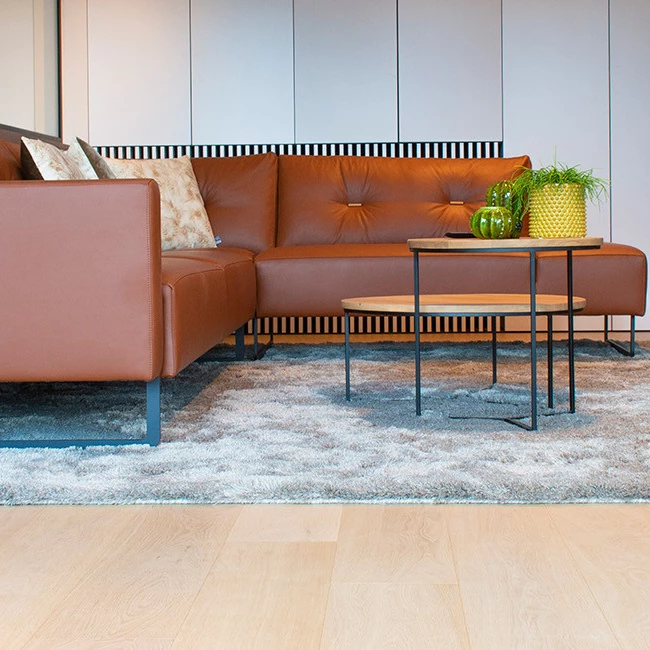
In deze inspiratieshowroom waan je je bij iemand thuis. Laat je inspireren door stijlvolle combinaties in kleuren en materialen.
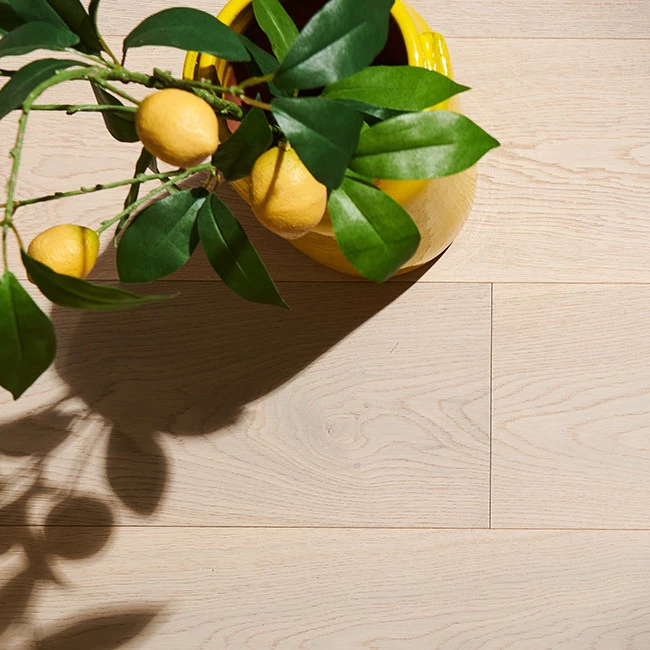
We hebben graag wat tijd voor onszelf, maar willen ons tegelijk ook verbonden voelen met familie, vrienden, collega's, ... en bij uitbreiding de maatschappij. Via onze lifestylekeuzes kunnen we bijdragen aan een betere wereld.

Wil je kunnen bladeren tussen de verschillende collecties en foto's? Download onze inspiratiebrochure. Je vindt er behalve alle collecties en heel veel foto's ook alle technische details.